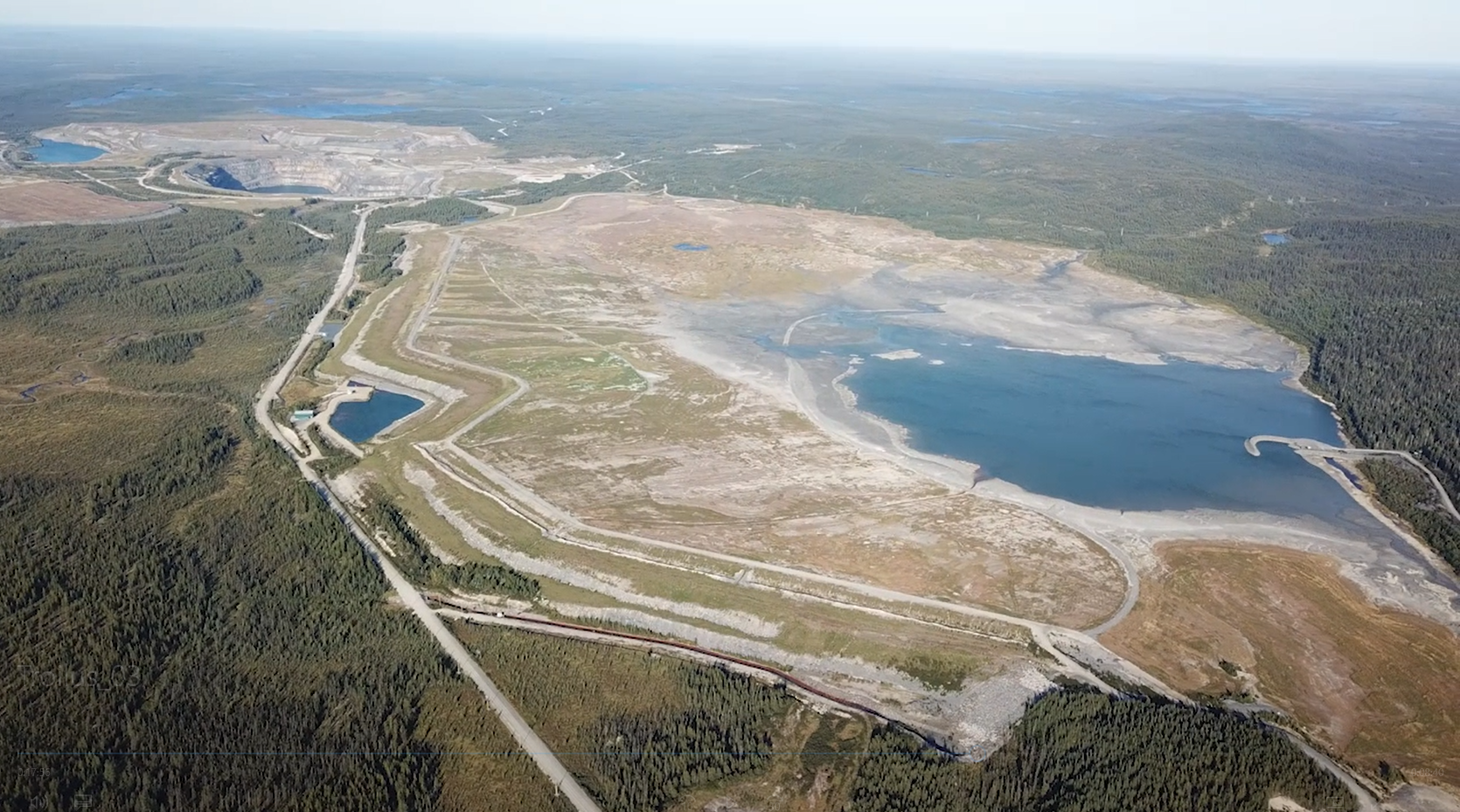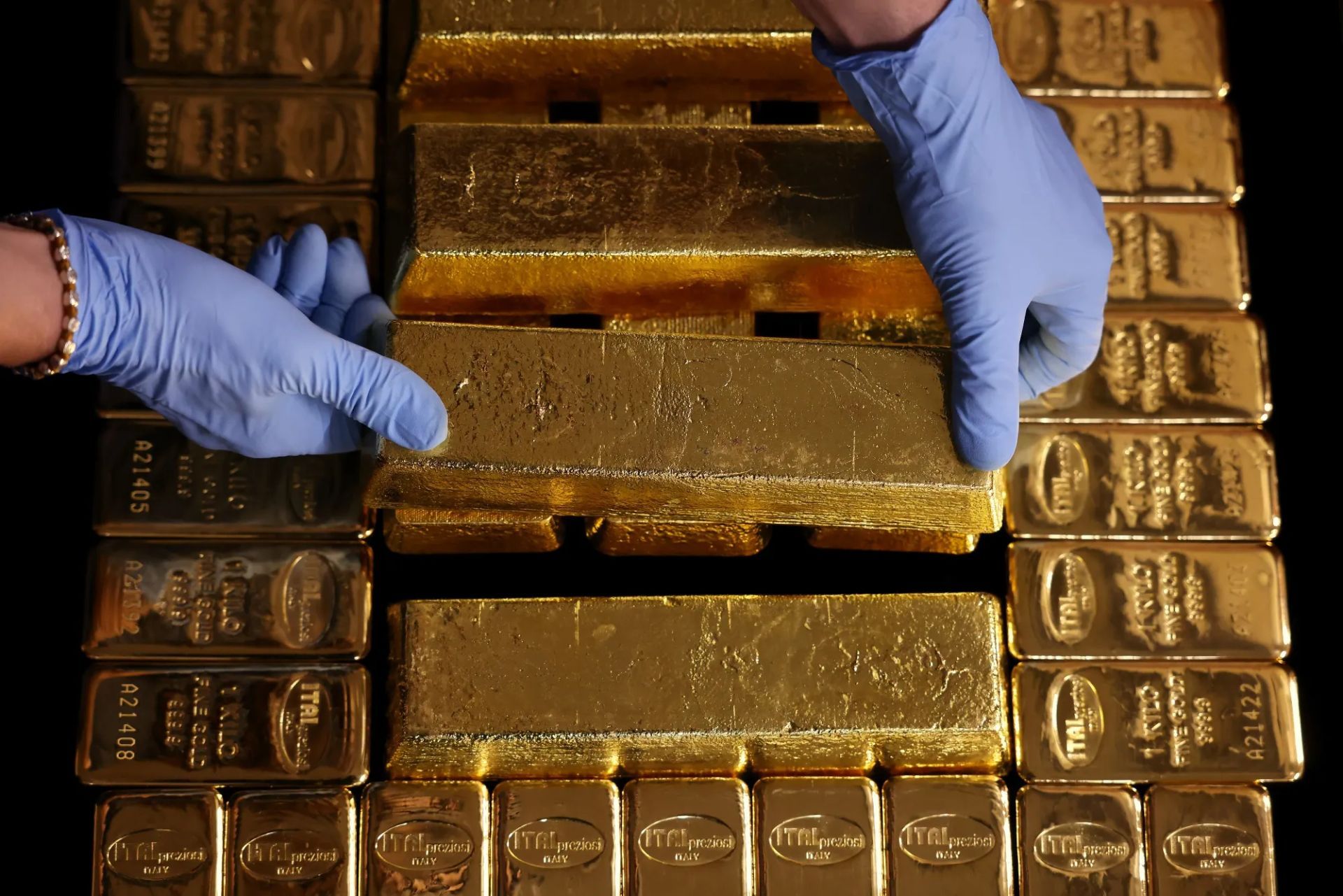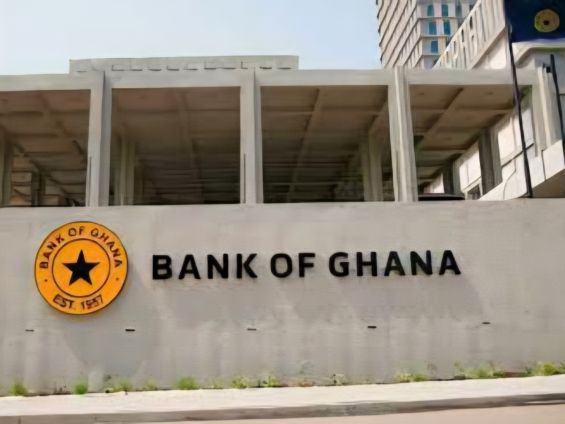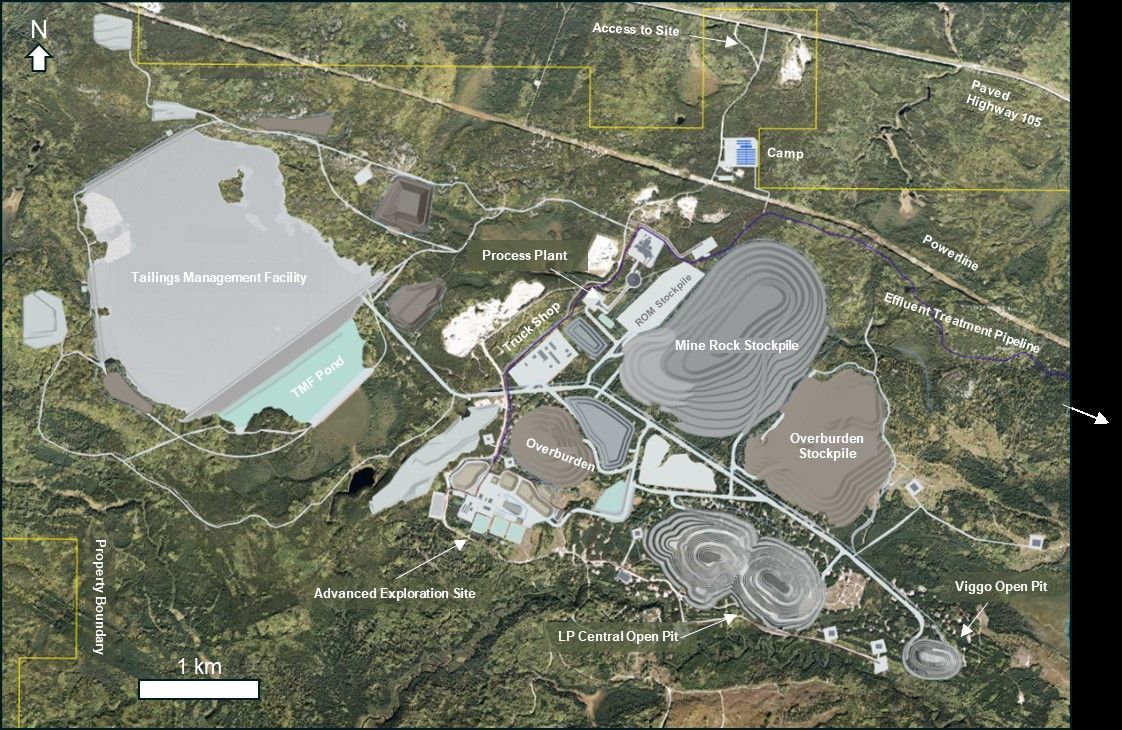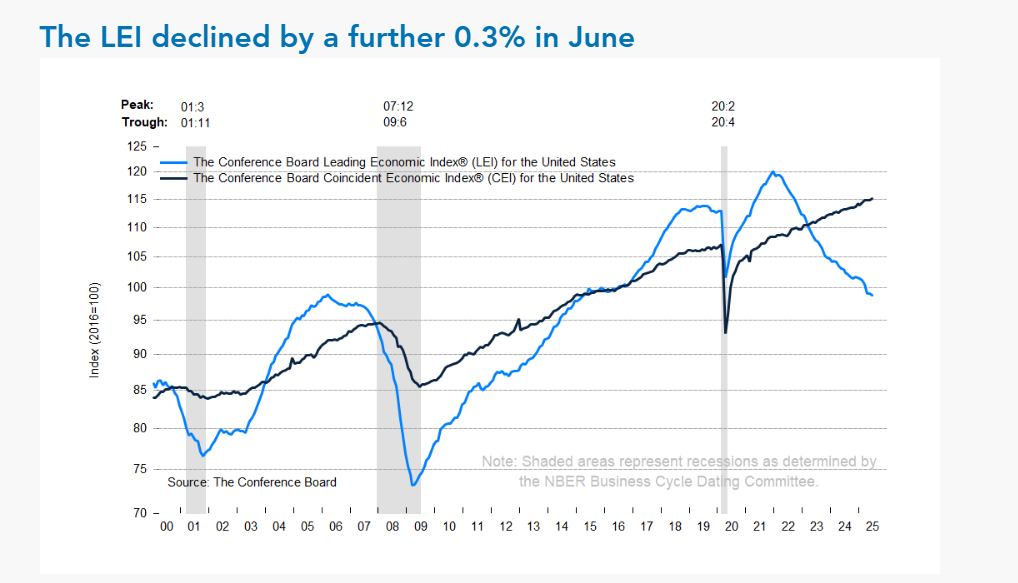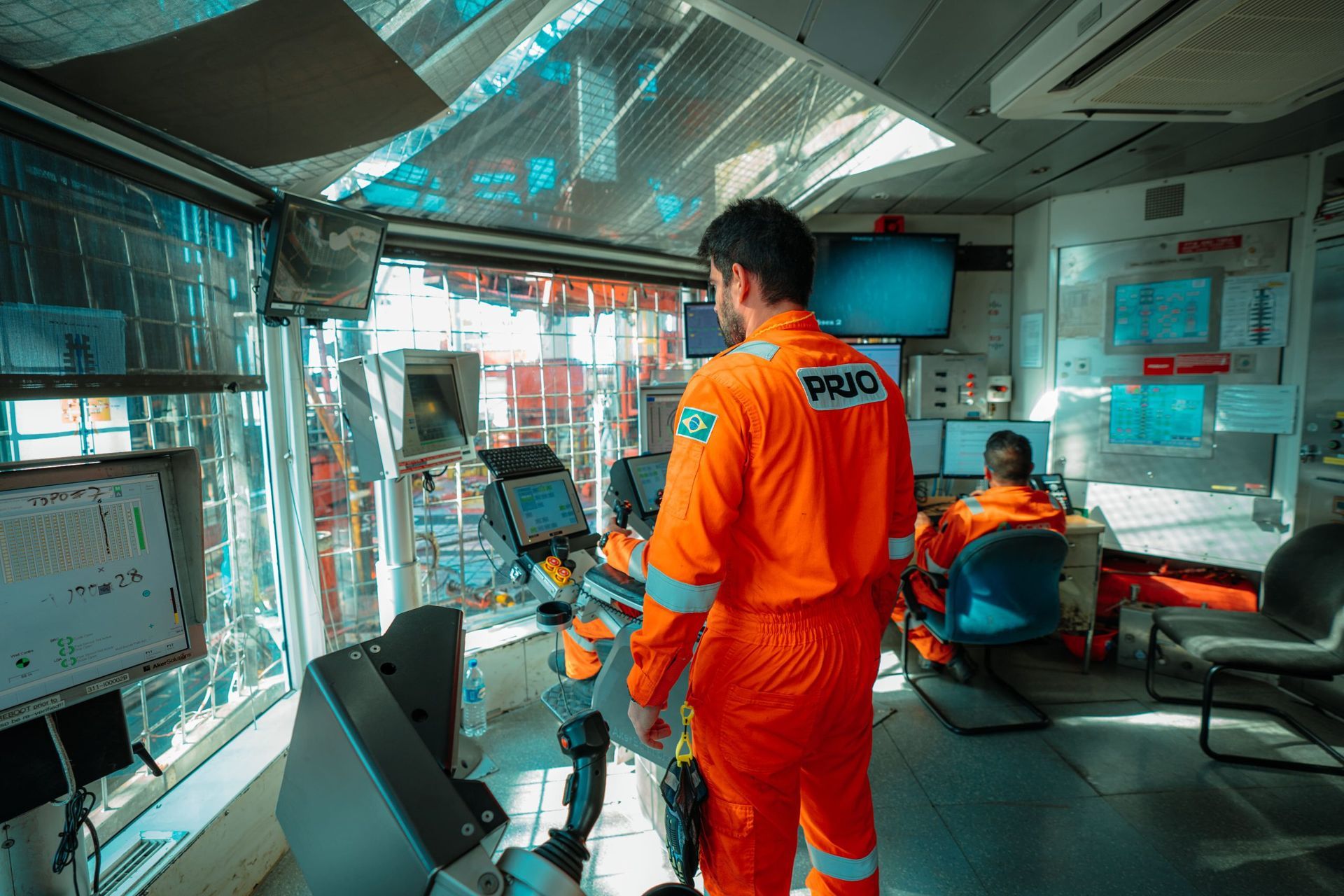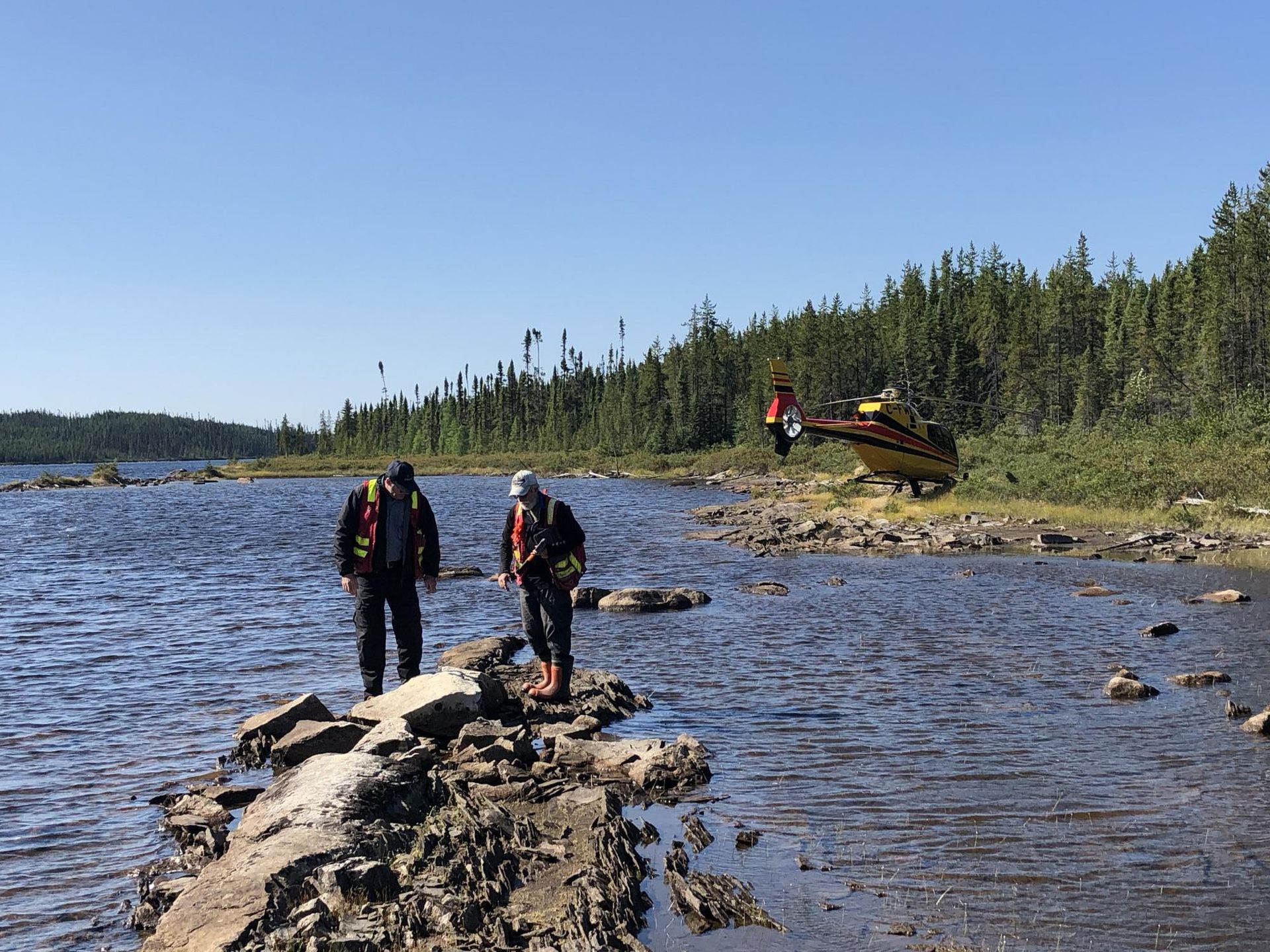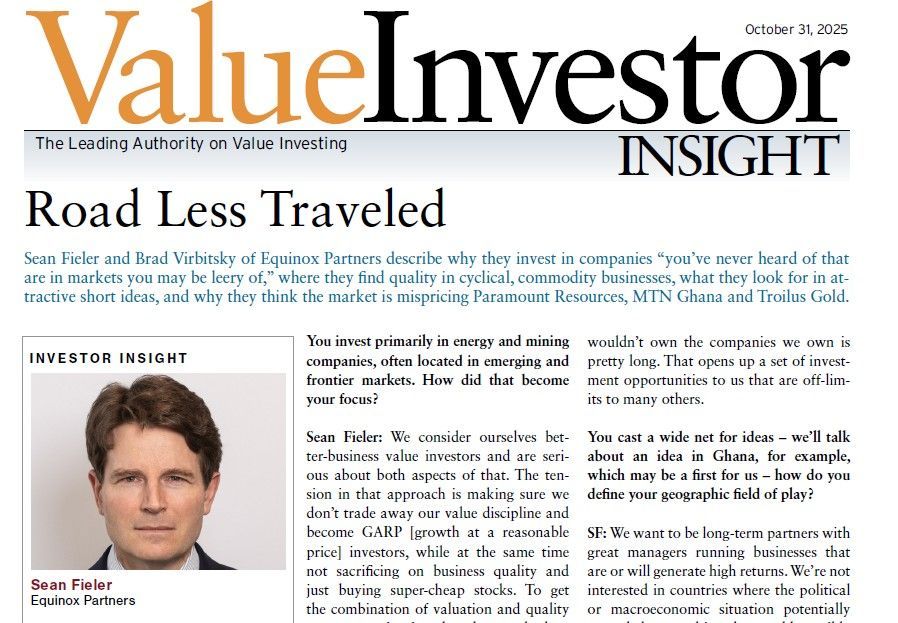Equinox Partners, L.P. - Q1 2002 Letter
Dear Partners and Friends,
Hard Assets in the New Millennium
In an era of unbridled enthusiasm for financial assets, Equinox found investment merit in hard assets. With the insight that natural resources selling far below their replacement cost of reserves are profoundly undervalued over the long-term, we invested in energy, precious metals and their respective producers. A decision which, ironically, during the previous epoch many considered to be pure speculation. (Even Buffett’s foray into oil and silver in the 1990’s did not confer respectability on commodity investing.) Admittedly, one must look past short-term commodity price volatility to see through to the underlying low risk high return investment opportunity, an asymmetry created by a two-decade bear market in select few commodities.
Gold and Silver
Good things happen to the price of commodities with large and sequentially growing structural deficits, a concept which underlies Equinox’s investment in precious metals. In the case of both gold and silver, inventories have been declining for years. Producer forward selling (short selling) facilitated by central bank gold reserve lending has filled the long standing production consumption gap in the gold market and in the process enabled the development of an uniquely large imbalance in this particular metal.
Precious metal imbalances may finally be starting to reverse. Hedged gold producers’ recent decision to begin unwinding their forward sales is an immensely important change in this market. Perhaps, even more encouraging is the recent surge in demand for gold bullion from Japan, a phenomenon which combines two of the largest and longest standing global imbalances; that is gold and Japanese financial distress. Happily, the combination should prove explosive. Financial stress, most notably in the form of corporate bankruptcies, combined with extremely low interest rates has formed a fertile backdrop in Japan for a shift from Yen deposits to gold. In this environment, the new Japanese policy of limiting the size of government insured bank deposits appears to be the only push necessary to mobilize pent up demand for the yellow metal. Investment demand for gold in Japan was up over two hundred percent in the first quarter of this year. Still, the total volume of Nipponese gold hoarding remains infinitesimal in relation to that country’s savings. If only four percent of Japanese bank deposits were switched into gold, the impact would be almost incalculable; at today’s prices, such a shift could completely eliminate all government stocks of gold in the world.
While growing Japanese demand seems probable, the fundamental case for higher gold prices is not dependent on it, or any other change for that matter. All that is required for substantially higher precious metal prices is the preservation of the status quo – the continuation of declining inventories.
Equinox’s Performance
At Equinox Partners, we use the term “contrarian” to describe the output of our bottom-up stock selection process. Since the “un-contrarian” global equity markets turned that fateful corner in mid-2000, our partnership has flourished and your capital has more than tripled.
Remarkably, Equinox’s first quarter performance reflects only a modest change in the investment climate. As one of our partners correctly pointed out last month, despite the events of the last two years, “investor attitudes today are still about eighty percent of where they were at the top of the bull market.” To wit, the US dollar is still near its decade highs, gold has appreciated a grand total of twenty percent from its twenty-year bear market lows, our overseas longs continue to sell for mid single-digit PE’s, and popular domestic stocks still trade at valuations characteristic of previous bull market peaks. Just a few weeks ago, behavioral economist Robert Schiller, author of Irrational Exuberance, observed that “Confidence [is currently] at essentially record high levels for individual investors.”
We submit that our recent results attest to the magnitude of the misvaluations created by the 1990’s boom (not to mention our considerable expertise in picking stocks, a subject about which we have always been reluctant to be specific). As a result, on both the long and short sides, our portfolio’s future prospects should not be underestimated.
What if, for example, the investment environment was to undergo a sea change? What if the expected non-inflationary economic rebound disappoints? What if investor confidence descends to historically normal levels? What if the US dollar bull market were to finally reverse? This last ‘what if’ is one of our favorites because it is rapidly becoming inevitable. Morgan Stanley’s Stephen Roach points out that the recently reported surge in the US current account deficit (up twenty-five percent since December of 2001) is symptomatic of our rebounding economy’s structural imbalance. As America’s recovery gains strength, the jump in a broad array of imports will only get worse. According to Mr. Roach, Morgan Stanley’s economic model suggests the US will generate a current account deficit next year equal to six percent of GDP – ratio which has proven unsustainable in all other countries. Currencies ultimately give way to cure the imbalance. Few Americans appreciate the economic and financial consequences of a dollar decline and a lessening of the huge capital inflows upon which our deficits are dependent. Such a scenario would produce a real performance windfall for contrarian Equinox Partners.
Sincerely,
Sean Fieler
William W. Strong
Anthony R. Campbell
